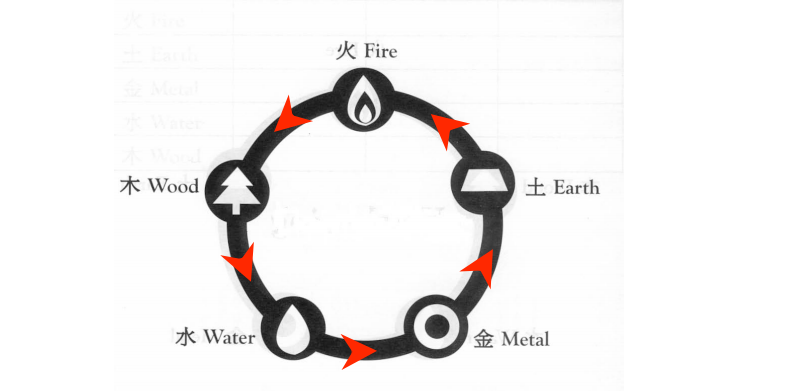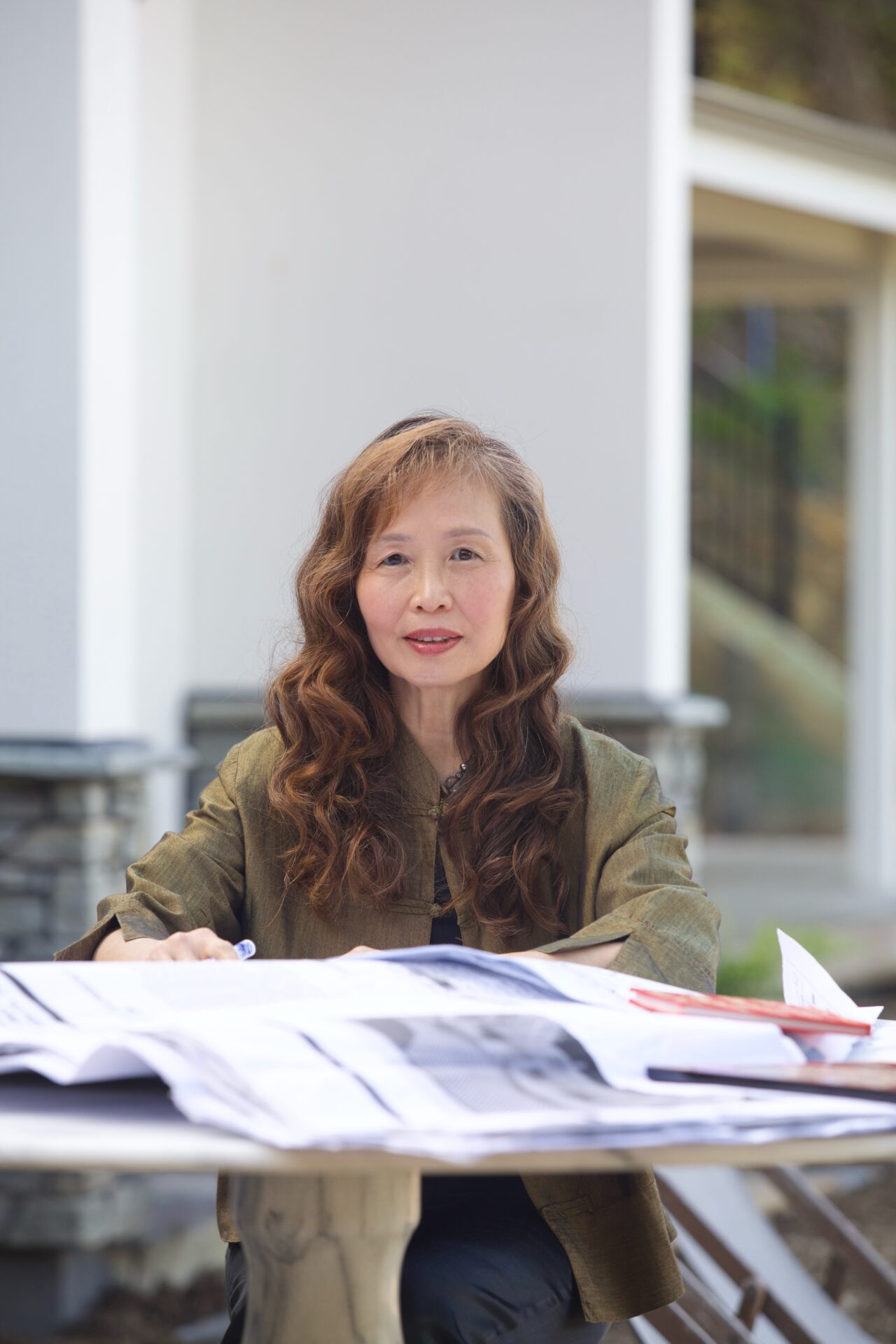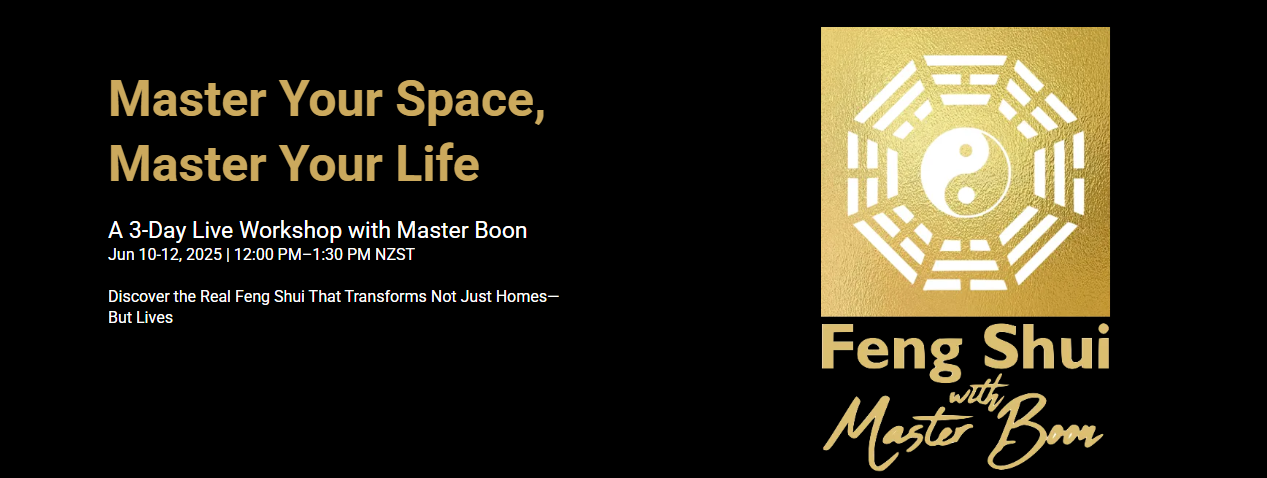APPENDIX TO FENG SHUI AND COLOURS
April – May 2006 issue, The Edge, Haven
The theory of colours in Feng Shui is derived from one of the major principles of the classics, the Five Element Transformation, known as Wu Xing.
The Five Element Transformation
The Five Elements Transformation is about the interaction of each element with the other via a producing, weakening and destroying relationships.

The Producing Cycle
The elements presented in a clockwise direction depict their productive interaction. From
Earth comes mineral that is refined to produce the base Metals. Metal has to be converted
to the molten (liquid) phase to be worked. Water grows wood. Wood fuels Fire, and
produces Earth.

The Weakening Cycle
Depicts the exhaustive interaction between the elements in an anticlockwise direction.
Earth thrown on fire will quell its flames. When Fire burns, wood is depleted. Wood diminishes Water and Water rusts Metal. Earth is exhausted when mineral is mined.

The Destroying Cycle
The arrows indicate the destructive interaction of the five elements. Earth controls Water in situations of floods. Water puts out Fire. Fire melts Metal. Metal chops Wood and Wood uses up the minerals in Earth.
The Five Element Theory of Colours in Feng Shui
Each element has specific colours associated with it. In addition, the Five Elements are also associated with shape, matter and forms from our natural world, plus the eight numbers of the Ba Gua and the central number of 5. But for the purpose of this article, we will focus on colours and its significance in Feng Shui.
Fire is represented by the colour red and its associated red spectrum comprising the purple, crimson, magenta, red, vermilion, sienna, orange.
Earth is represented by the earthy hues of yellow, chocolate, brown, tan, ochre, fawn and beige.
Metal is denoted by the colour of metal such as silver, gold and white.
Water is represented by the black murky depths of the ocean to the clear blue of a fresh spring or brook.
Wood colours are the greens hues of living plants.





